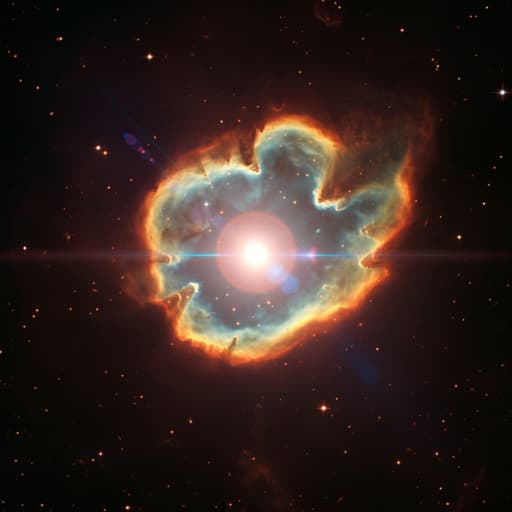
Physics
Indirect Detection of Decaying Dark Matter with High Angular Resolution: Case for axion search by IRCS at Subaru Telescope
W. Yin and K. Hayashi
This groundbreaking research by Wen Yin and Kohei Hayashi delves into cosmic-ray flux from dark matter decay in dwarf spheroidal galaxies, presenting innovative differential D-factors to enhance signal detection. The study highlights the potential of the Infrared Camera and Spectrograph at the Subaru telescope to revolutionize dark matter detection, particularly for axion-like particles, suggesting that key observations could surpass existing stellar cooling bounds!
~3 min • Beginner • English
Related Publications
Explore these studies to deepen your understanding of the subject.







